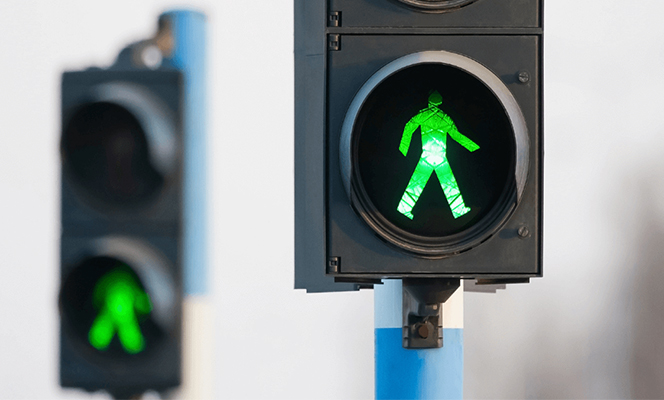Understanding Your Rights as a Pedestrian in Virginia
When a driver hits a pedestrian the results are often devastating, but contrary to popular belief it is not always the motorist that is at fault. It is important to know your rights if you are involved in a pedestrian accident in Virginia and to speak to an attorney as early in the process as possible.
At Coletrane & Messersmith, we provide experienced representation for people who have been injured in pedestrian accidents throughout Virginia. Our lawyers have recovered millions of dollars in verdicts and settlements on behalf of our clients and will fight to ensure you receive the best possible outcome in your case.
If you were injured in a pedestrian accident, contact our office at (757) 530-5273 to schedule a free consultation.
When Do Pedestrians Have the Right of Way?
Pursuant to the Code of Virginia, motorists are required to stop for pedestrians in a number of situations. Drivers, for instance, must allow pedestrians to cross intersections safely even if it requires them to change their driving course or stop their vehicle. Pedestrians crossing an intersection are also given the right of way over vehicles that are turning onto a roadway.
Virginia motorists must yield the right-of-way to a pedestrian at any:
- Clearly marked crosswalk;
- Regular pedestrian crossing; and
- Intersection where the motorist is approaching a street or highway with a speed limit of 35 miles per hour or less.
The driver must not only stop and yield the right of way to pedestrians under these circumstances, but they must also remain stopped until the pedestrian has passed the lane where they are located. A driver must also yield to pedestrians if they are instructed to do so by a law enforcement officer.
When Must Pedestrians Yield the Right of Way to Cars?
While in many scenarios a motorist must yield the right of way to individuals crossing the street, in some cases it is the pedestrian’s responsibility to stop for a car. Virginia law, for example, explicitly states that a pedestrian may not go into an intersection “in disregard of approaching traffic.”
Pedestrians are expected to use sidewalks where available and cannot run into traffic or cross the road illegally. They must pass streets at marked crosswalks or intersections unless one does not exist. In that case, the pedestrian still must not carelessly or maliciously interfere with traffic. Pedestrians and motorists must both follow all traffic signals and any direction given by local authorities regarding the flow of traffic.
Who Is and Isn’t Considered a Pedestrian in Virginia?
Individuals traveling on foot are generally considered to be pedestrians and must adhere to pedestrian traffic laws. In addition to people walking and jogging, pedestrians may also include individuals riding on skateboards, using a scooter, or rollerskating. People riding in motorized vehicles are not considered pedestrians under state law.
Injured in a Pedestrian Accident? Contact Our Office.
Were you or a loved one injured in a pedestrian accident in Virginia? Contact our office at (757) 530-5273 to schedule a free consultation. Pedestrian accident claim evaluations are provided without obligation to retain our services.



